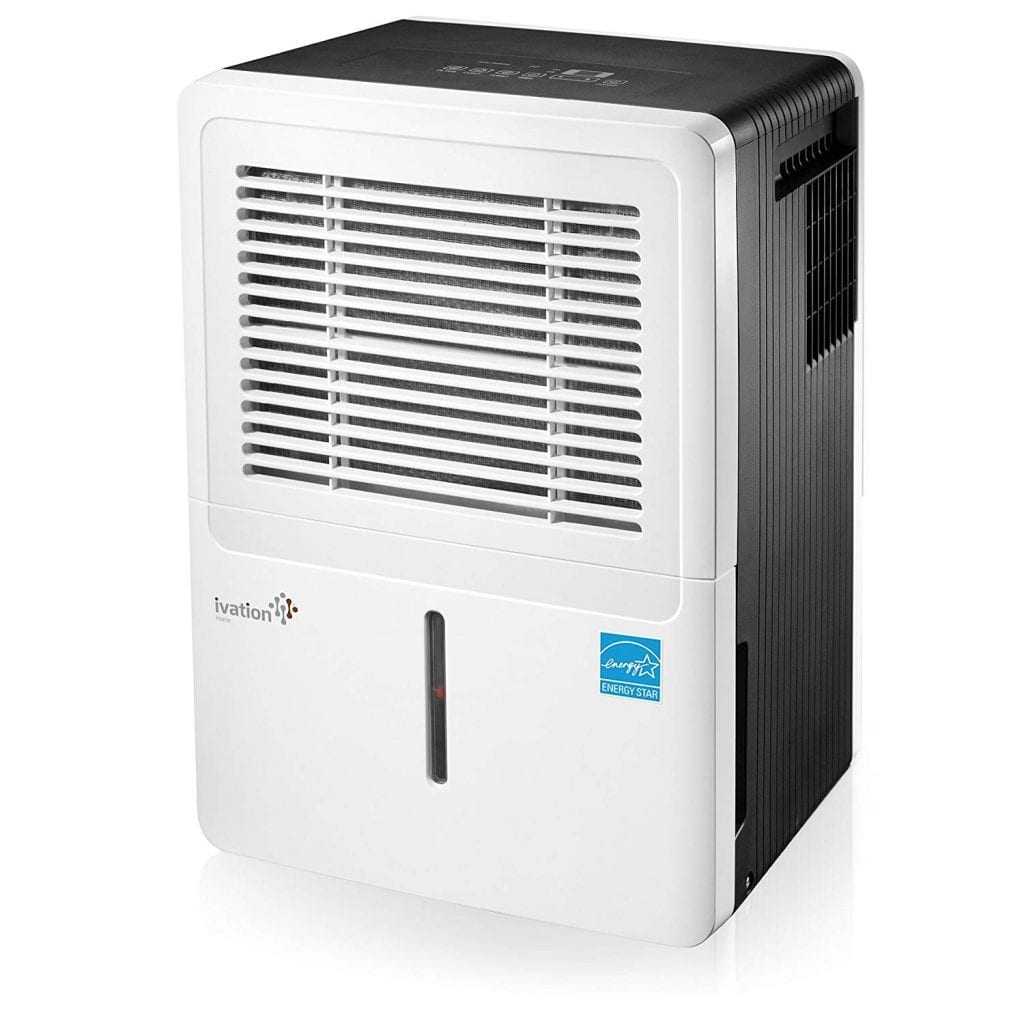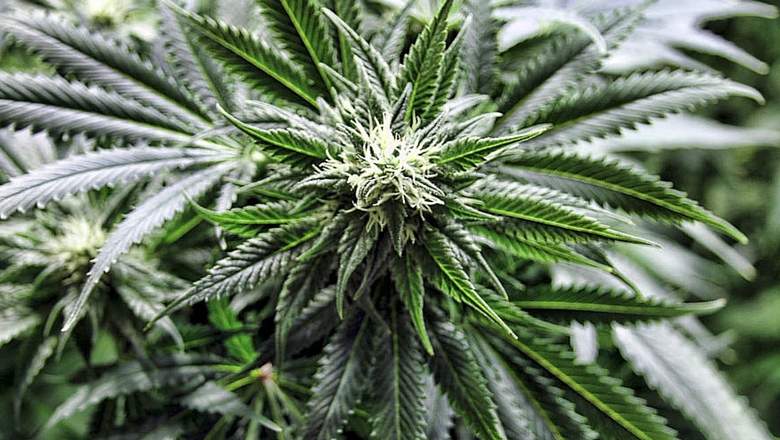Along with lighting and air conditioning, humidity control is a factor that has a direct impact on how well your plants will grow and flower. However, many growers seem to take risks with controlling their grow room humidity. Humidity determines how much your plants drink and how well they fight mold.
There isn’t a lot to learn when it comes to controlling your grow room humidity. The aim of this article is to explain the basics of humidity control and the tools you’re going to need to do it well.
During all stages of growth, your Cannabis plants will need water. The amount they take in will be based on the humidity in your grow room.
If your grow room’s humidity is high, plants will look to absorb more water through their leaves. If the humidity in your grow room is low, your plants will absorb bulk of their water requirement through their roots. As humidity determines how much and how your plants drink, it’s a controlling factor for the nutrient intake of your plants.
Controlling your grow room humidity isn’t all about preventing mold. Having the right humidity in your grow room will pave way for strong, healthy and leafy plants with great growth. During the flowering stage, you can control humidity to encourage your plants to produce more resin and prevent mold.
Adverse Effects of Poor Grow Room Humidity Control
If you don’t control your grow room humidity, you’re more likely to deal with the following problems.
- Slow Growth
Cannabis plants require high levels of humidity when they are young and low humidity when they are mature. If you don’t provide them with these requirements, they simply will not grow as well as you expect.
- Nutrient Problems
It’s important to make sure that your plants get the ideal amounts of nutrients: not too little and not too much.
If your grow room’s humidity is low, they will consume less water through the roots. That means your pants aren’t getting enough nutrients. On the other hand, if your humidity is high, your plants will drink more than the ideal amount of water through their roots. That means they’re getting extra nutrients. That leads to nutrient burns with leaves showing Yellow or burnt tips.
- White Powdery Mildew
This is a fungal disease that can be commonly found in grow rooms that have high levels of humidity. Avoiding this can be a bit tricky since your young plants love growing in a humid environment. However, you can easily prevent this disease with the help of a small oscillating fan set at a low level.
- Bud Mold or Rot
Bud Mold or rot is arguably the worst effect of improper management of your grow room humidity. Buds with this condition are unusable. They will have insides that are completely White or Brown with mold. Bud Rot will make all your hard work go to waste.
How To Control Grow Room Humidity?
You can now see how improper management of grow room humidity affects your Cannabis plants and harvest. Let’s take a look at ways you can control grow room humidity effectively.
- Sealing & Insulating Your Grow Room
You can’t control grow room humidity well if your grow room isn’t sealed properly and has poor insulation. Insulating with a good material makes sure that outside factors such as wind and heat/cold doesn’t get through to your grow room.
- Controlling Grow Room Temperature
When it comes to controlling grow room temperature, the trick is to keep it consistent. Grow lights do produce heat. Many growers think that a large air conditioner is the answer to controlling grow room temperature, but that’s not right. A wrong sized air conditioner will create temperature fluctuations that are not good for your plants.
Make sure that you go for a right sized air conditioner that will create consistent cycles for longer durations of time. A right sized AC also helps by sucking in vapor which will put less strain on your dehumidifier.
- Better Airflow
Ventilation is an easy and practical method of controlling humidity. Humid air, which is comparatively lighter will rise and settle at the top of a grow room. CO2 on the other hand will settle more towards the bottom. With CO2 being crucial for plant growth, you ideally want air to be moving around throughout your grow room.
Floor fans can be effectively used to provide better airflow and have an equal distribution of CO2 in your grow room.
- Proper Drainage
This is one of the simplest ways of controlling grow room humidity, but unfortunately, it’s commonly overlooked too. Stagnant water lying on the ground or other places of your grow room adds to humidity.
Any water reservoir in your grow room should be covered properly to stop it from releasing moisture in to the air.
- Invest in a Dehumidifier
This may sound obvious, but many growers, especially newcomers, seem to cut their costs when it comes to a dehumidifier.
Cheap residential dehumidifiers aren’t going to be useful for your grow room. They lack efficiency by using a lot of electricity. Most importantly, they aren’t built to handle the workload of a grow room.
The initial investment for a commercial dehumidifier might seem high at the start. But there are many rewards of that investment, taking into consideration the savings in utility bills, great growth of your plants and less chance of mold and other problems.
It’s also important to size a dehumidifier. With plants transpiring 97% of the water they absorb, you would want to have dehumidifiers that are powerful enough to absorb that amount of humidity.
Have redundancy build in to the system, just in case one of your dehumidifiers needs maintenance. That will make sure that your plants are happy and safe during such a time.
The Master Controller from Autopilot helps you manage up to four devices, with LED indicators to alert you if something goes wrong. The unit has a back-up battery which makes it very reliable.
The Right Humidity for Different Stages of Plant Growth
We have now covered why it’s important to control grow room humidity and how to do that. Let’s take a look at how much humidity you should be aiming at during different stages of plant growth.
The use of a good temperature and humidity meter will help you stay on top of things.
- Clones
At this stage, the roots aren’t fully developed, so clones rely on their leaves to absorb the water that they need. The humidity level of your grow room should be high to accommodate this. Maintaining 70-80% humidity levels will help your clones develop their root systems and grow fast.
- Young Plants
Young plants rely on both roots and leaves at this stage, so it’s important to maintain the humidity of your grow room around 40-60 percent. Maintain these levels until your young plants have fully developed their root systems.
- Flowering Plants
Your cannabis plants should have a large rooting system big enough to fulfill their water needs by this stage. Maintain humidity levels between 40 and 50 percent during this time.
As you approach harvest, drop this to 30%. That will make sure that your harvest is protected from mold as well as force buds to produce more resin.
Summary
Make sure that you understand the importance of controlling grow room humidity at all times. It’s a factor that can decide how successful you are, as a grower. It’s very important to understand factors that affect humidity in your grow room.
Keeping humidity at optimum levels according to the growth stage of your pants. This will help you have a grow room full of healthy Cannabis plants that will yield a great harvest.
If you want to know more about controlling your room humidity, watch this video on Youtube:
Table of contents




